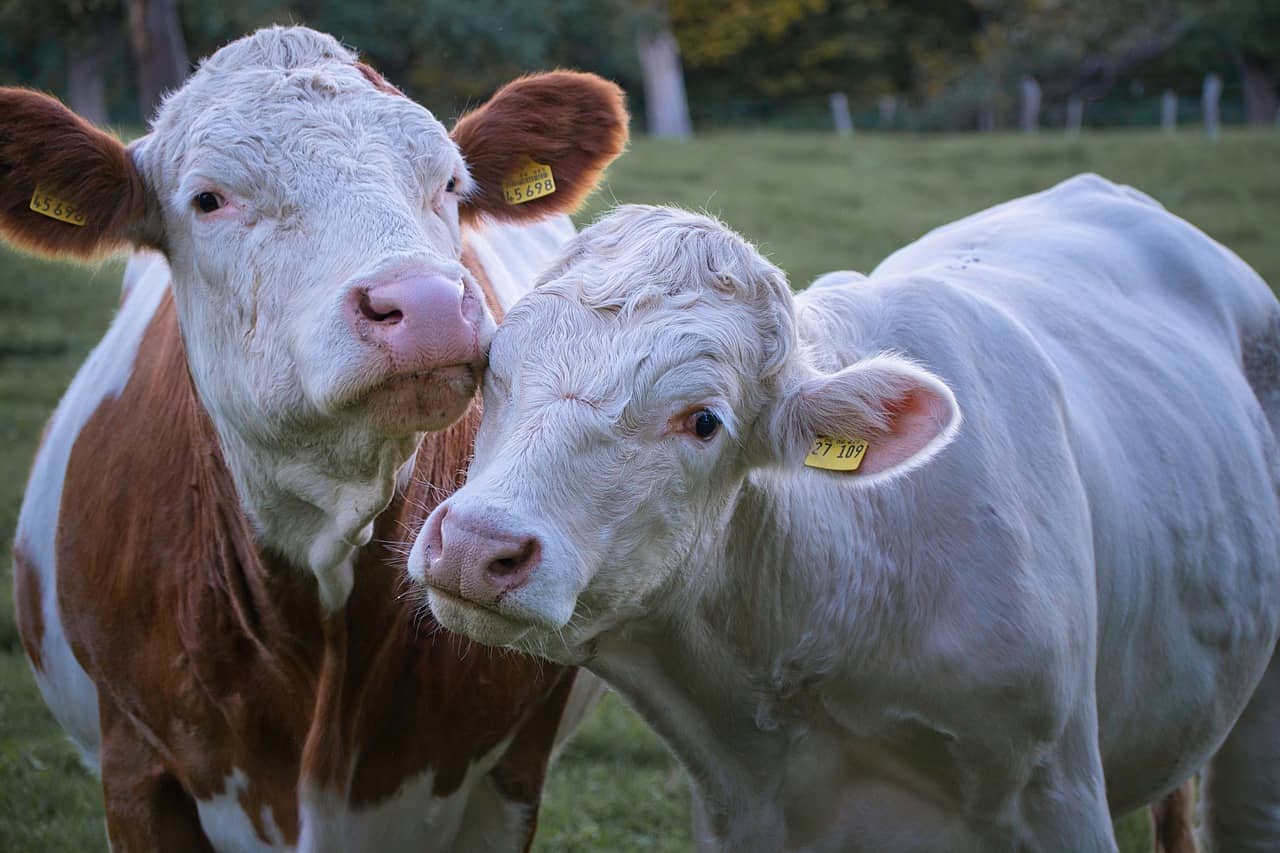
(NDAgConnection.com) – On occasion, athletes experience injuries or stresses on their body that require them to rest and recover. This is a time for the athlete to evaluate their training regimen and nutrition plan.
In much the same way, beef producers need to rest their bulls following the breeding season and make those evaluations on their health and nutrition, said the experts at Kansas State University’s Beef Cattle Institute on a recent Cattle Chat podcast.
“Like offensive linemen, bulls are big, heavy animals, which makes them prone to feet and leg issues, especially if they’ve been walking and breeding in rough pastures,” said veterinarian Bob Larson.
He said that producers should assess the movement of the bulls when they walk, focusing attention on the bulls’ hooves and legs.
“It takes good observational skills to look for swelling or an injury in those areas and that can cause restrictions in the bull’s movement,” Larson said. “Sometimes it is hard to detect lameness even if the problem is serious.”
If an issue is suspected, Larson encourages producers to reach out to their veterinarian to help identify the source of the problem.
Along with musculoskeletal issues, bulls may be coming off the summer pastures thinner than normal due to the drought that much of the country is experiencing, said beef cattle nutritionist Phillip Lancaster.
“If the bulls are at a body condition score of five or less, they will need an energy supplement to get them back in condition for the next breeding season,” Lancaster said. “This is especially true if the hay quality is poor because of the drought.”
If producers are adjusting nutrition, it is recommended that they separate the bulls from the cows if the facilities will allow for that, according to Larson.
“As we get later into the winter and closer to the breeding season for a spring-calving herd, the bulls and cows need to be separated because the late gestation and lactating cows will have high nutritional demands and the bulls will get over-conditioned if they are supplemented the same way,” Lancaster said.
Larson added that there are other benefits for separating the bulls and cows for a period in terms of rest, but he said it is important to keep the bulls together from a social standpoint.
“Bulls need to figure out the dominance hierarchy and it is best for them to do that before the start of the breeding season,” Larson said, adding that if new bulls are added to the operation in the fall, they should be integrated into the bull pasture prior to turnout.
“I want those new bulls to acclimate with the feed and other bulls that are already on the operation soon after they arrive,” Larson said.
